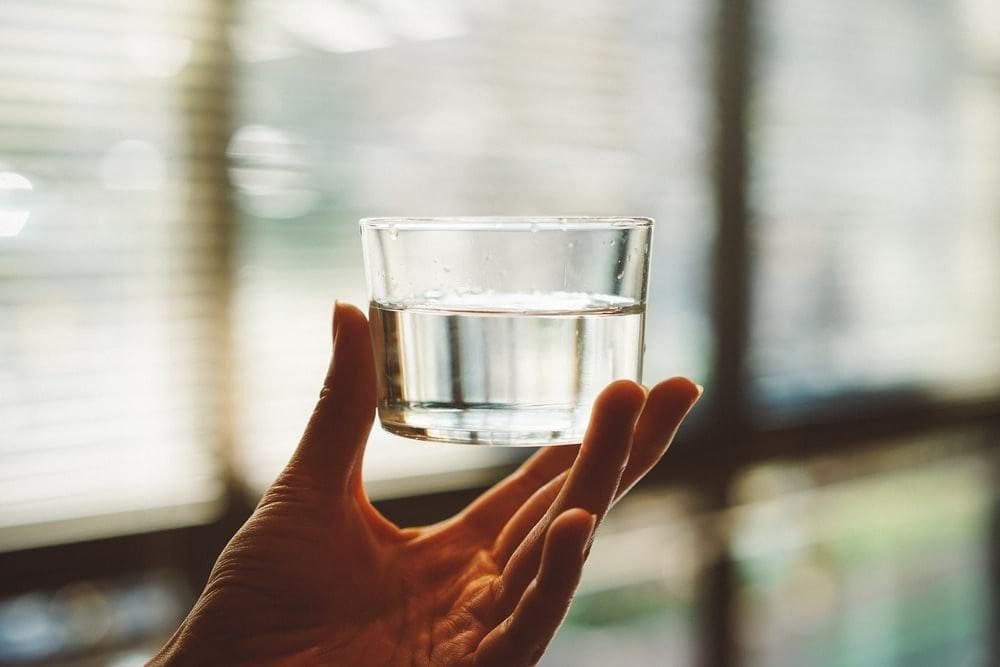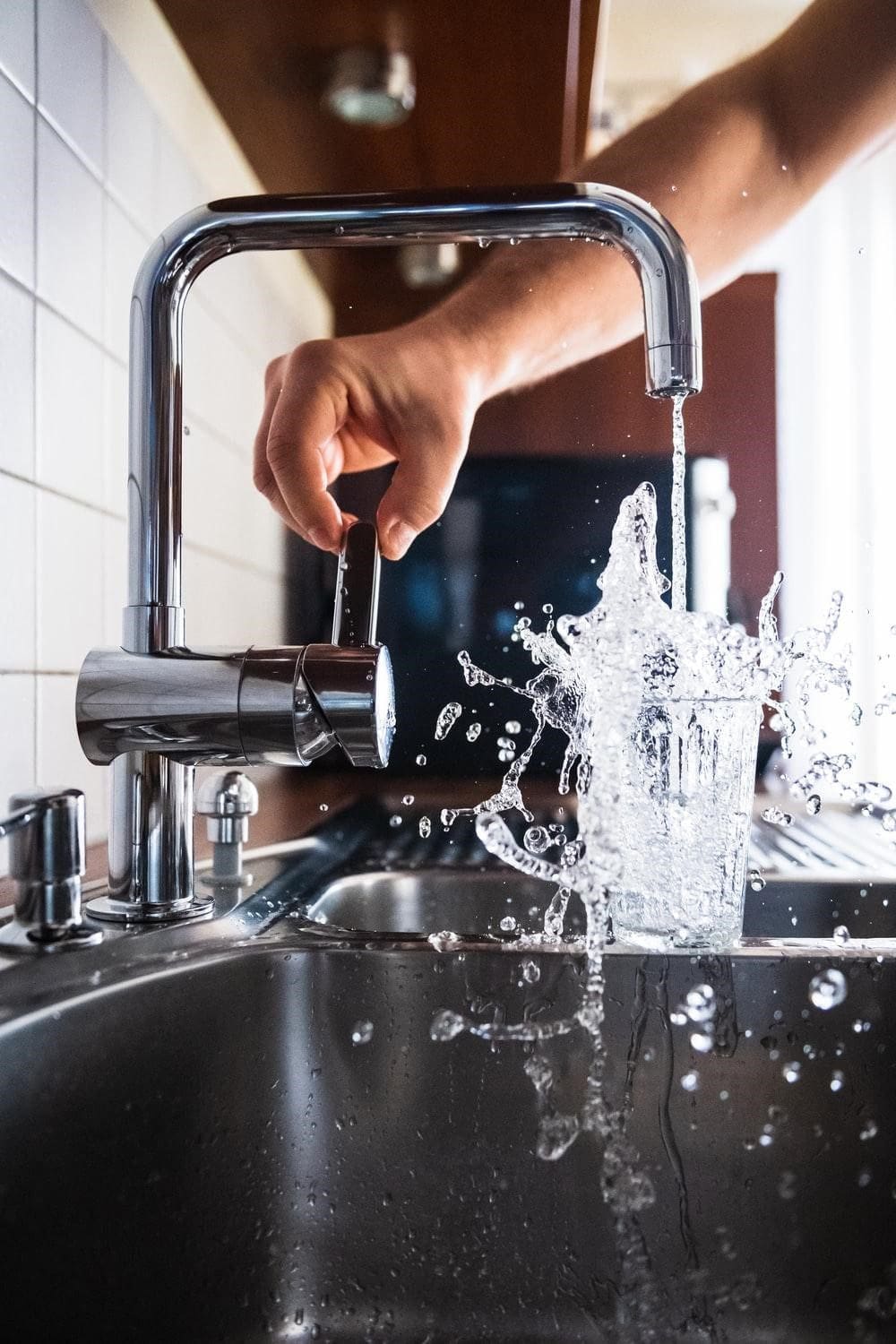
It is a prerogative for almost any living being in this world to drink water. There are only certain species of animals or plants that can survive without it for a long time. Even then, they still need to drink some before they die of thirst. For us humans, it is almost impossible not to live without it.
Aside from drinking, we use it for our everyday activities like cooking, cleaning, and taking a bath. However, its importance does shine for its hydrating purposes. With our bodies composed of 60% of it as this article says, it is no wonder that we cannot live without a single drop.
In the modern world, you might think that we’d not have issues with drinking water. Most cities these days do check on their water supply and see if it is safe for drinking. Reservoirs are monitored over time, and pipelines are changed constantly, right? Well, that might not be the case.
If you are lucky enough to live in a state that does report this all the time, then you’ve got it good. For the rest of us though, it can be quite dangerous especially if you are drinking straight from the tap. There are certain chemicals that might mix with your drinking source.
What Are The Dangers Of Lead in Water?
One of the most dangerous ones is lead. You already know this as the black interior of your pencils. However, there are many derivatives of this particular substance and this can be a part of your city’s pipeline system without the authorities knowing it.
Most of the older pipes are made out of the lead, and these can be found in many of the older cities around the country. Nobody cared enough about this before until the dangers were discovered and the general public was informed about it. There were many attempts to remove lead in water, and this has led to the formation of the Safe Drinking Water Act or SDWA.
You might think that lead in water is such an inconsequential substance and you can just freely drink it without consequences. Science and medicine have proven otherwise. Ingesting lead in smaller amounts might not affect adults for a long time, but your children can easily be affected.
One of the major health risks that this can do to your child is impacting their behavior and mental processes. As they are still developing, lead can hinder healthy progress for their bodies to ever happen. For adults, it can affect the kidneys, heart, and reproductive organs.
Why Install A Filter Now
One of the best ways that you can stop this from ever happening is by installing a water filter in your home. Now don’t get us wrong; this is not just your ordinary filter like the ones that you usually get.
Those makeshift ones that are just attached to the mouth of the faucet would not work either. It is supposed to be fine and through enough to filter out any kind of substance that is not supposed to be in the water. Lead particles can be microscopic, especially if it comes from corrosion.
Buy one that is supposed to be attached at the source or near your water tank. You may also need to contact a professional to install it for you. Here’s more information regarding this concern: https://www.nrdc.org/stories/how-protect-yourself-lead-contaminated-water.
If you are suspicious of your city’s source, you can also approach a local testing lab for this. You can ask if there are any records regarding cleanups or updates in the pipeline from your city or state. It might take some time before your local government can act upon it, so you may want to take matters into your own hands.
You can commission the lab to test the waters in your area. In the meantime, you can find another source for drinking water while you are still waiting for the results. However, we do recommend the use of a filter for your peace of mind.
Water is so essential that living without it is impossible. On the other hand, we cannot just accept any kind that is below the supposed standard. Lead in our drinking supply is a big negative for anyone. Your local government might be responsible for all of it but sometimes you must take the initiative to do what needs to be done.

Be the first to comment